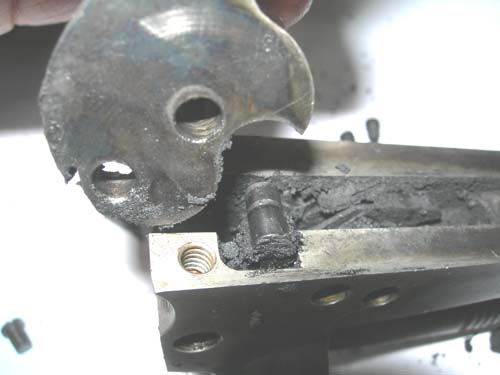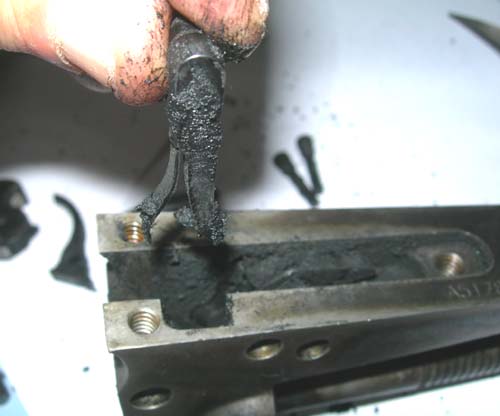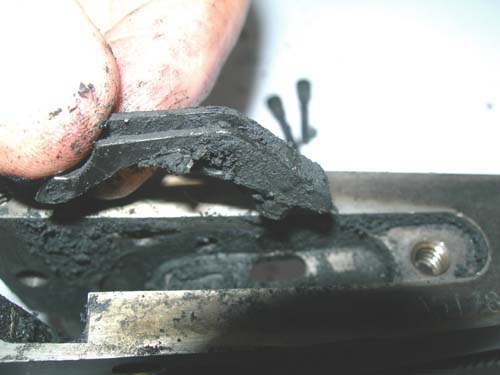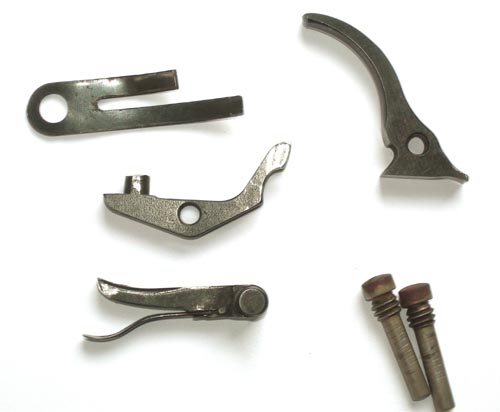moooose102
Member
ok, its not the first time i have shot or cleaned a m.l. before. but i have never gotten one this dirty before either. i went out today, put 36 rounds through her. cleaning the barrel and the normal stuff is pretty straight forward. but i need advice on the internal mechanicals. there was so much crud all over this thing, that in order to get it clean, i ended up putting solvent down to the insides, where the hammer and trigger mechanism is. now what? how do i make sure all the crud is out, and more importantly, how do i keep all of this stuff from corroding? there are no covers to pull off. everything is assembled by pins. it is a cva optima. the best way to clean this part would seem to me would be spray hot soapy water down it, but how do i keep from all of it turning to rust overnight. the solvent that i did pour down the hammer area is RUSTY DUCK BLACK OFF. should i just spray the heck out of it with conventional gun oil and hope for the best? H E L P !!!


 We all have to start somewhere.
We all have to start somewhere.


